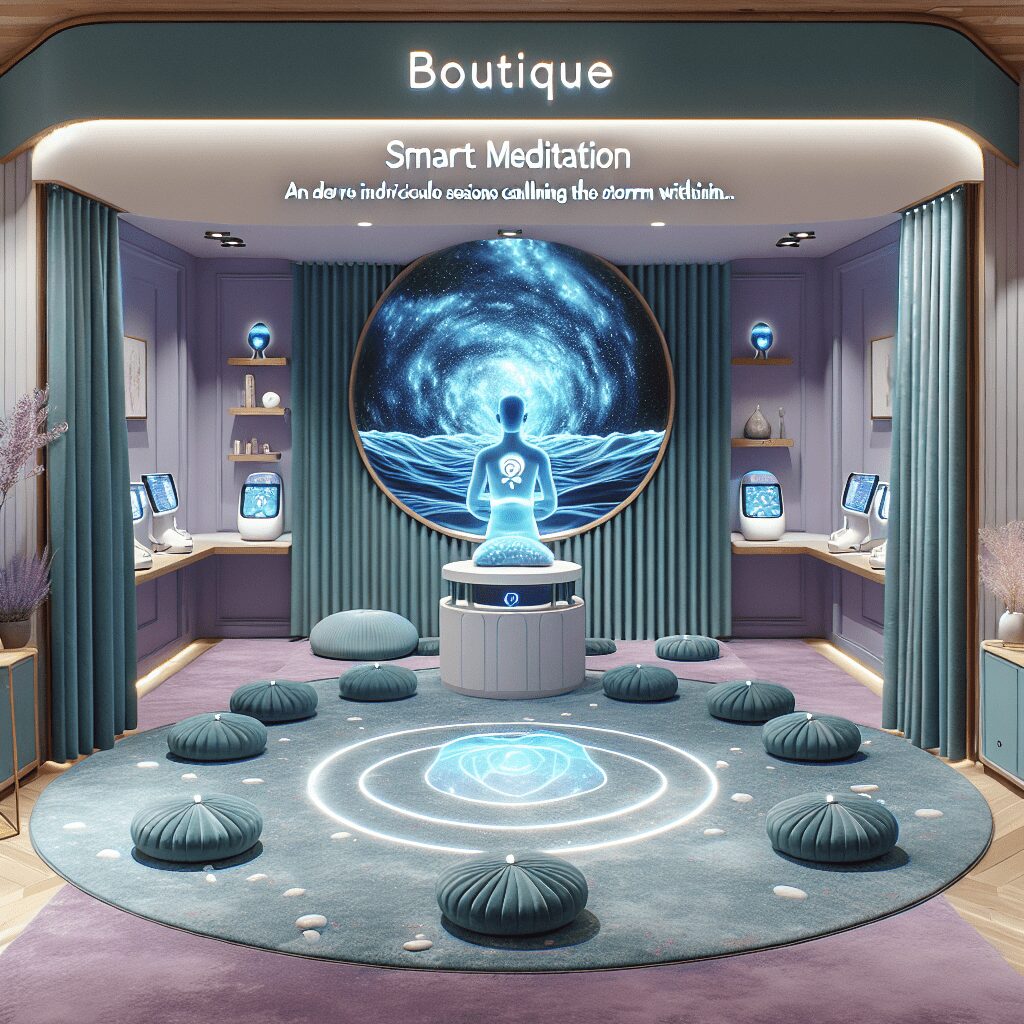
Prioritize your mental well-being daily. Enhance your life by nurturing your mental health with the Smart Meditation app. Break free from stress, alleviate anxiety, and enhance your sleep quality starting today.
Which Antidepressants Are The Safest?
Navigating the World of Antidepressants: A Guide to the Safest Options
In the labyrinth of mental health management, antidepressants stand as a beacon of hope for many battling depression. However, with a plethora of options available, it often feels like navigating through a dense fog trying to find the safest path. Fear not, for we’re here to shine a light on the matter, breaking down which antidepressants are generally considered the safest, how they work, and what to consider when choosing the right one for you.
The Front Runners: SSRIs and SNRIs
When it comes to safety and side effects, Selective Serotonin Reuptake Inhibitors (SSRIs) and Serotonin and Norepinephrine Reuptake Inhibitors (SNRIs) often lead the pack. Let’s dive a tad deeper into these two categories:
- Selective Serotonin Reuptake Inhibitors (SSRIs):
- SSRIs are akin to the trusty sedan of antidepressants. Not too flashy but reliably efficient. They work by increasing serotonin levels in the brain, which is crucial for mood regulation. Popular SSRIs include:
- Sertraline (Zoloft)
- Citalopram (Celexa)
- Fluoxetine (Prozac)
-
These meds are usually the go-to first line of treatment due to their favorable side effect profile, making them a safer choice for most folks.
-
Serotonin and Norepinephrine Reuptake Inhibitors (SNRIs):
- SNRIs can be thought of as the SUVs of the antidepressant world. They’ve got a bit more oomph, targeting both serotonin and norepinephrine receptors for those who need that extra push. Examples include:
- Venlafaxine (Effexor XR)
- Duloxetine (Cymbalta)
- Though they pack a powerful punch, SNRIs are still relatively safe, especially for someone whose symptoms have been stubbornly resistant to SSRIs.
What You Need to Consider
Choosing the right antidepressant isn’t as straightforward as picking apples from a tree. There are a few key factors to chew over:
- Side Effects: No two bodies react the same way. While SSRIs and SNRIs are on the safer side, they can still cause side effects like nausea, insomnia, or sexual dysfunction. It’s all about finding what your body can tolerate best.
- Medical History: Your past and current health conditions can affect which antidepressants are safest for you. For instance, certain meds might be no-gos for folks with liver issues or those pregnant.
- Interactions: Got a cocktail of medications you’re already on? It’s crucial to pick an antidepressant that won’t step on the toes of your current regimen.
- Personal Response and Preferences: Ultimately, you’re the captain of your ship. Your personal experience with side effects, how you feel about taking medication daily, and whether you prefer a medication with minimal interactions are all vital pieces of the puzzle.
In a nutshell, the journey to finding the safest antidepressant is a highly personal one, sculpted by individual health history, current conditions, and lifestyle. SSRIs and SNRIs often occupy the vanguard due to their favorable balance of efficacy and side-effect profile for a broad swathe of the population. However, the golden rule remains: consult with a healthcare professional to chart the safest, most effective course through the tempests of depression. Remember, those foggy thoughts can clear with the right guide and treatment plan, leading to clearer skies ahead.




